[An Anticipation of Collective Memory]
Abstract
Since independence, the enduring mantra of “unsentimental pragmatism” has been that all can be sacrificed in the name of growth and progress.
Despite seeing a restructuring of the authority’s priorities in the late 1980s, Singapore at large, still places a premium on commodification and progress in the built environment today, privileging development over preservation of heritage.
Recognising that society is made up of a diversity of people with distinct idiosyncrasies and building carcasses can only say so much, the thesis serves as a counterpoint to traditional processes of building conservation. It calls for a rethinking of the value system that drives the notion of authenticity as one more social than architectural, and strives to achieve that by introducing a new kind of archival framework and space through the alternative lens of the invisible histories, micronarratives.
The Archive of Architectural Ghosts aims to transcend the normative idea of a static card box filled with black and white documents. It is instead envisioned as one that is much more humanistic, where the ethos lies in the ideology of a decentralized curation of narrative mediators that exist and act upon each other within a network. Each experience at the archive involves the coming together of narrative mediators, re-animated and put into parallel conversations, as visitors wander through the archive.
All design, agency and intentionality come from the uses we make of the archive, rather than what it contains; an aspiration to spur memories, produce new meanings, build relationships, renew relationships and re-member us as a community.
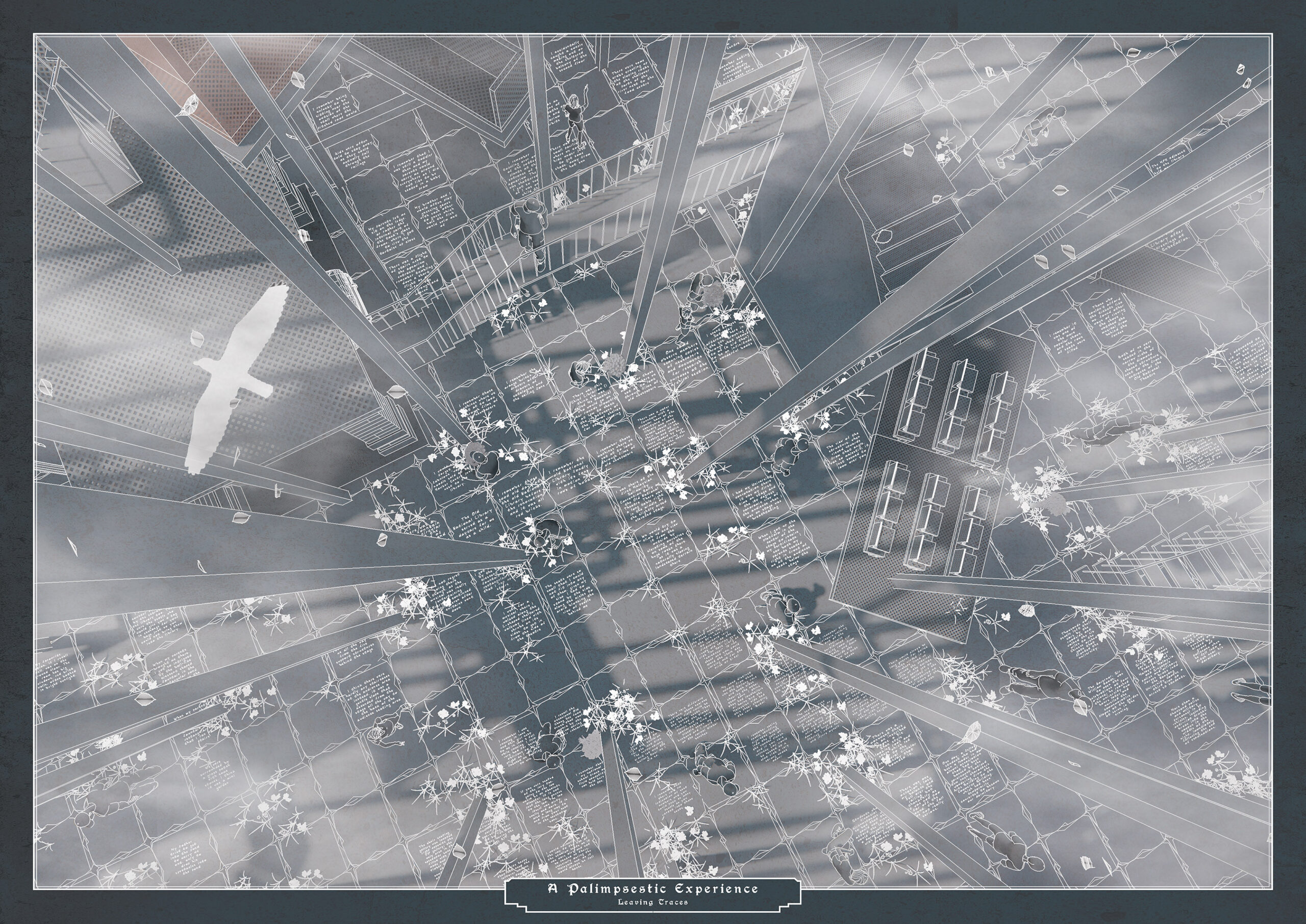
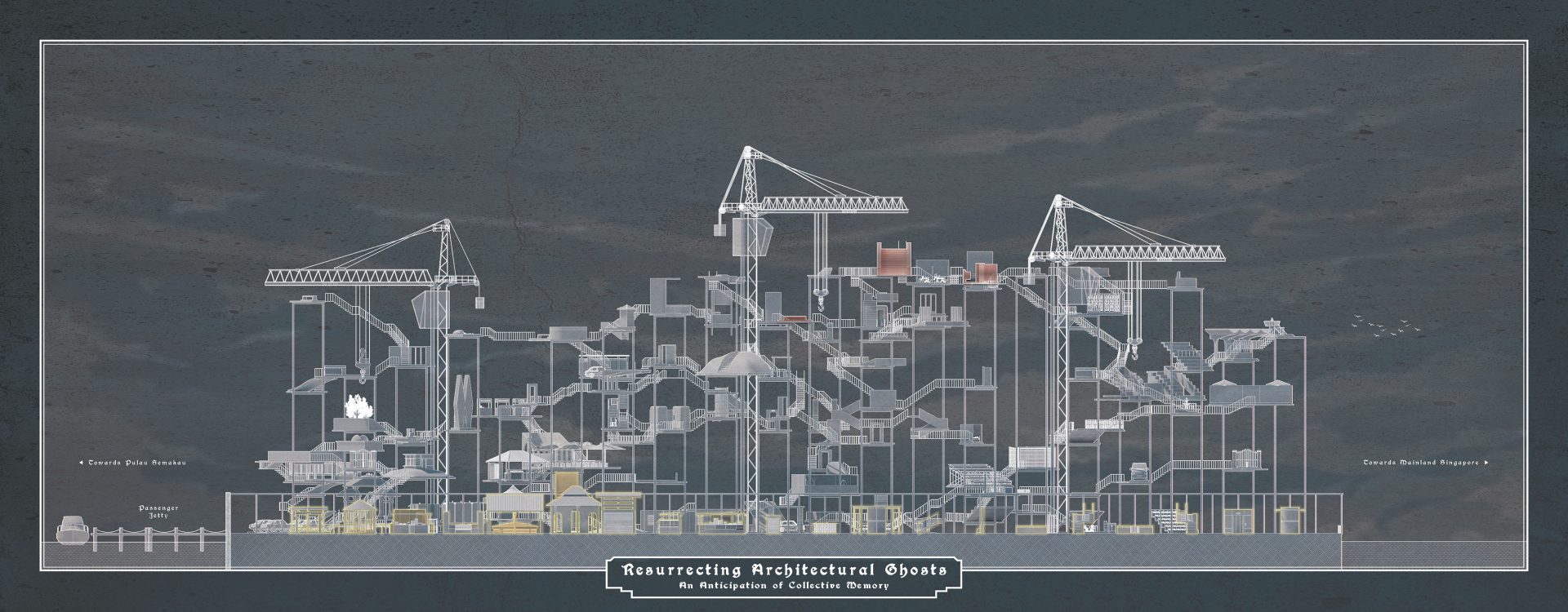

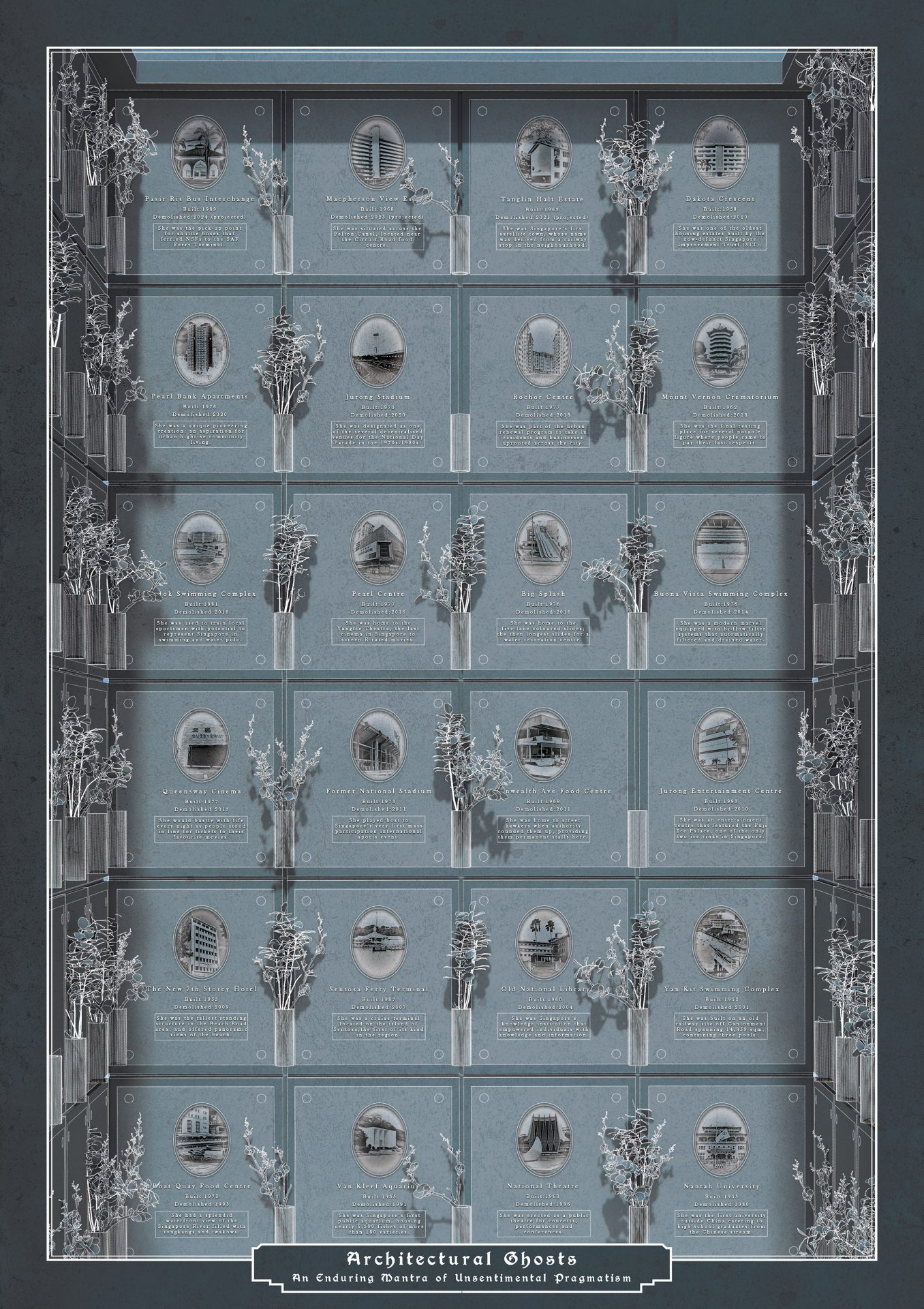
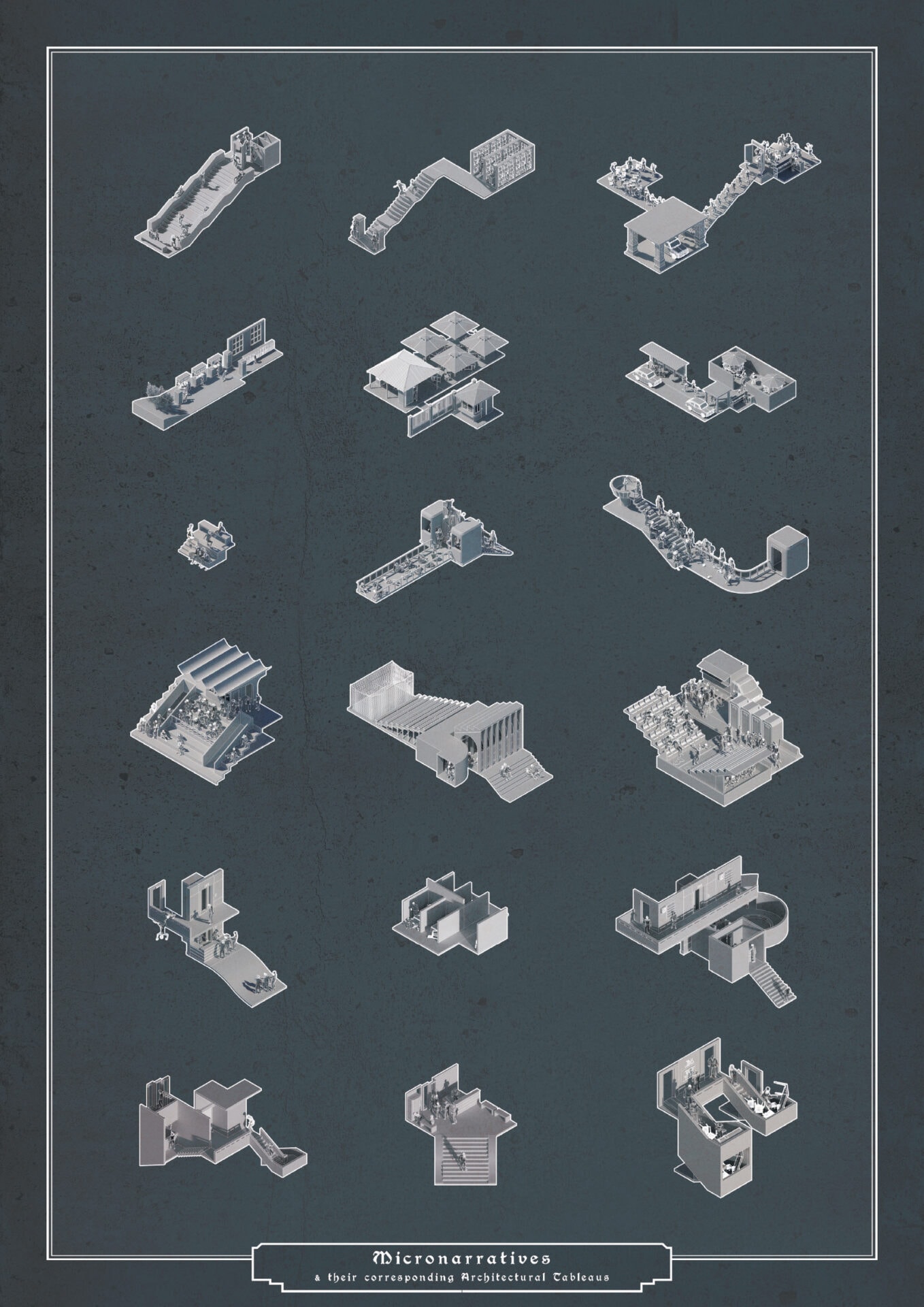

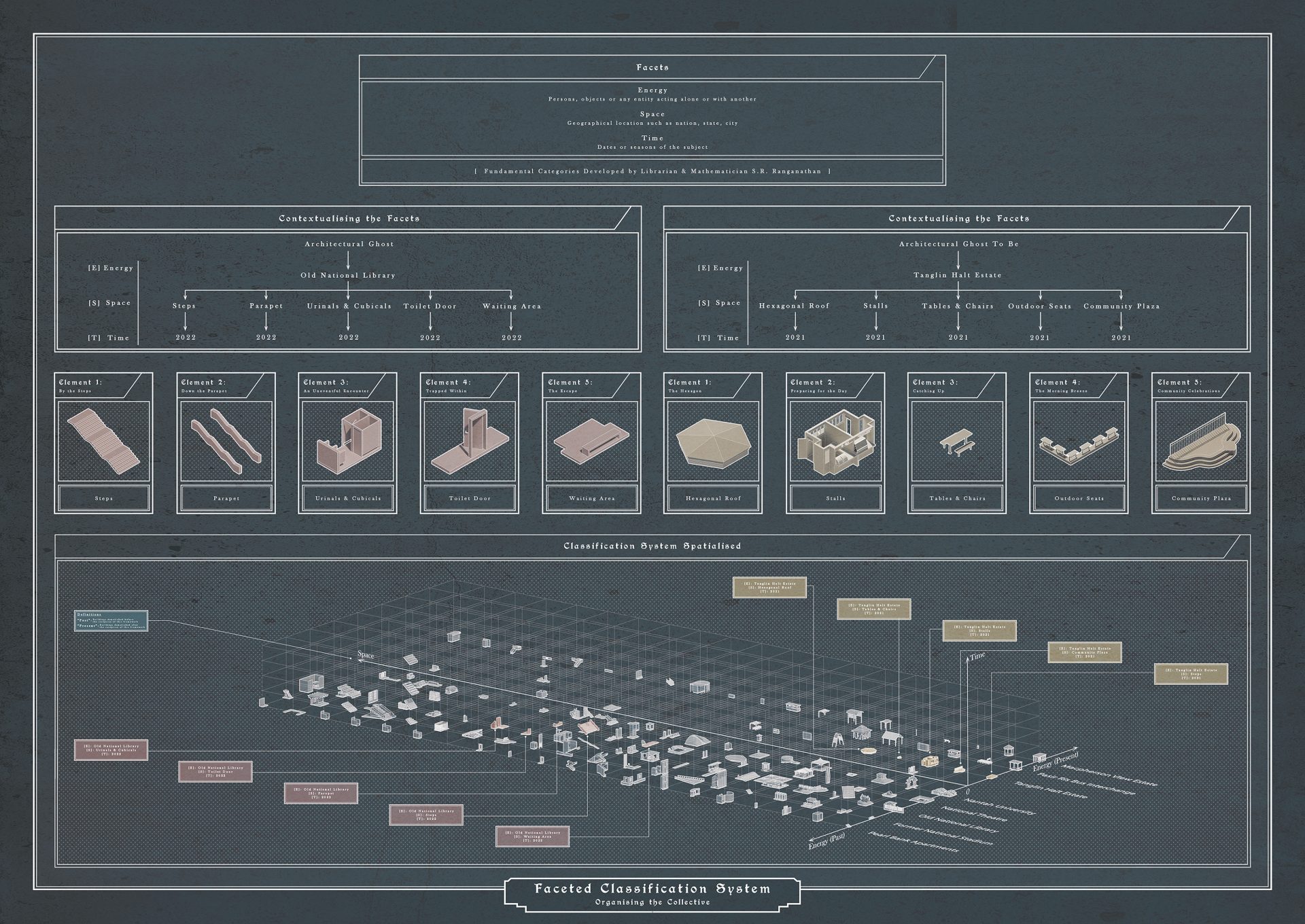
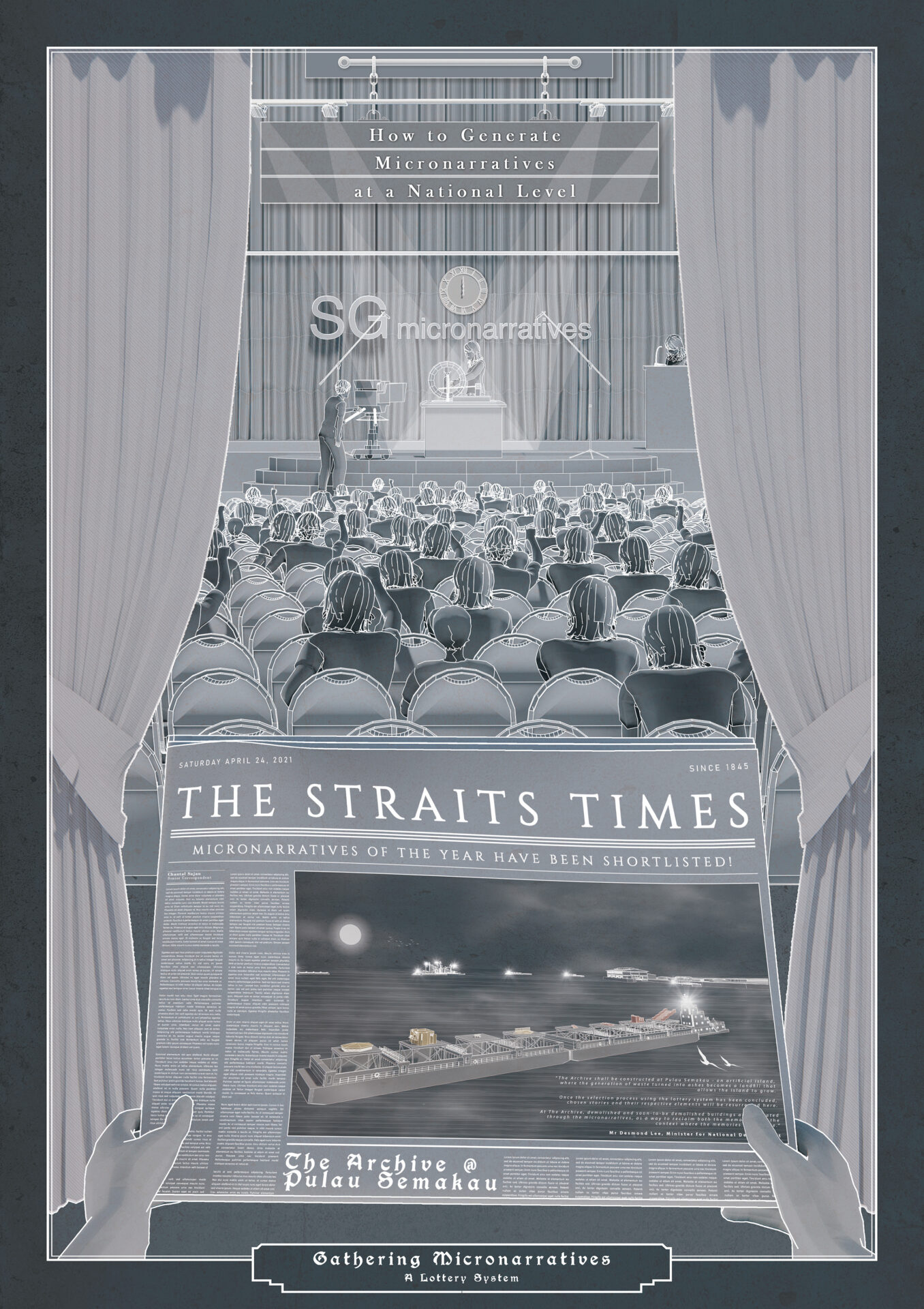
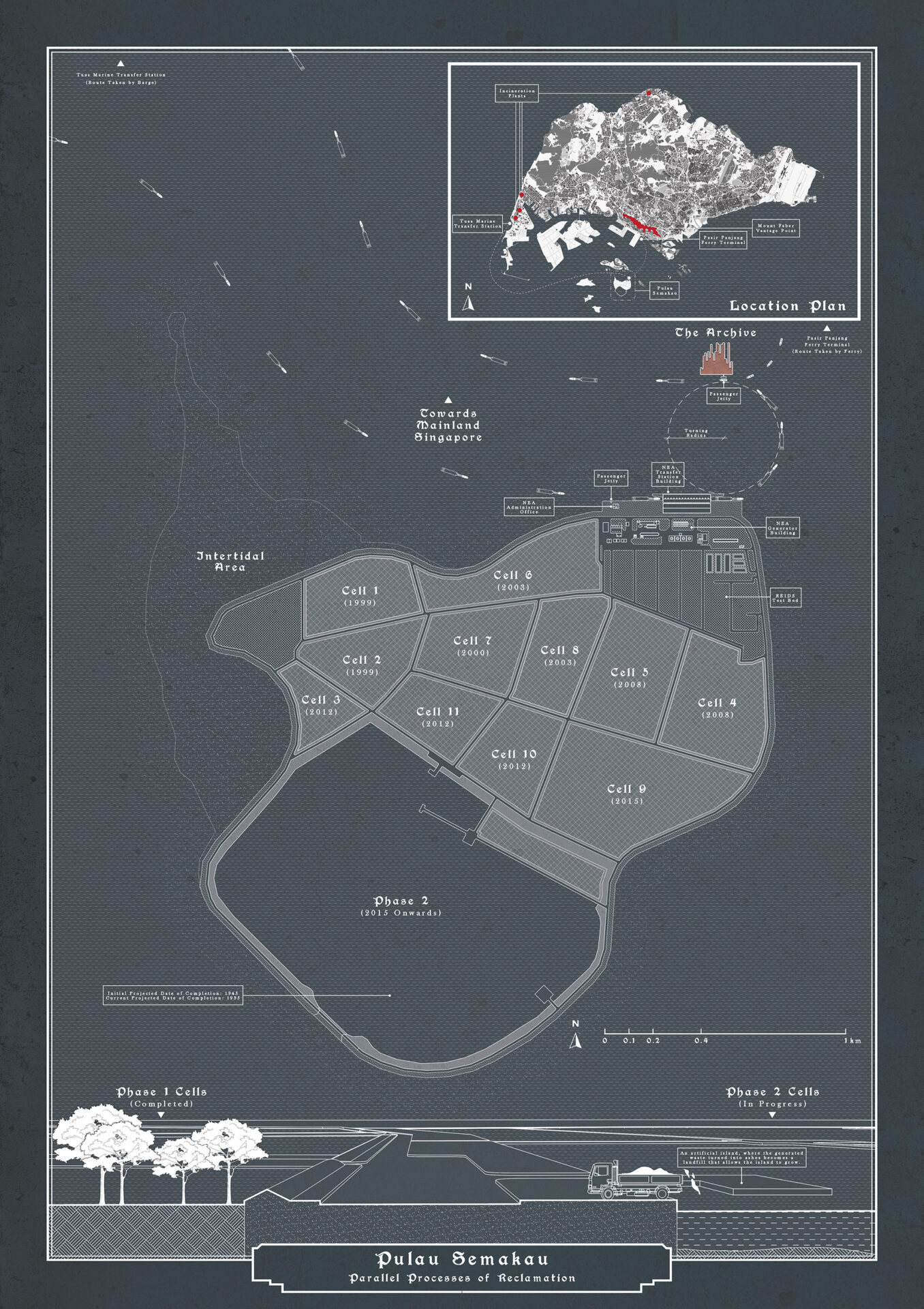
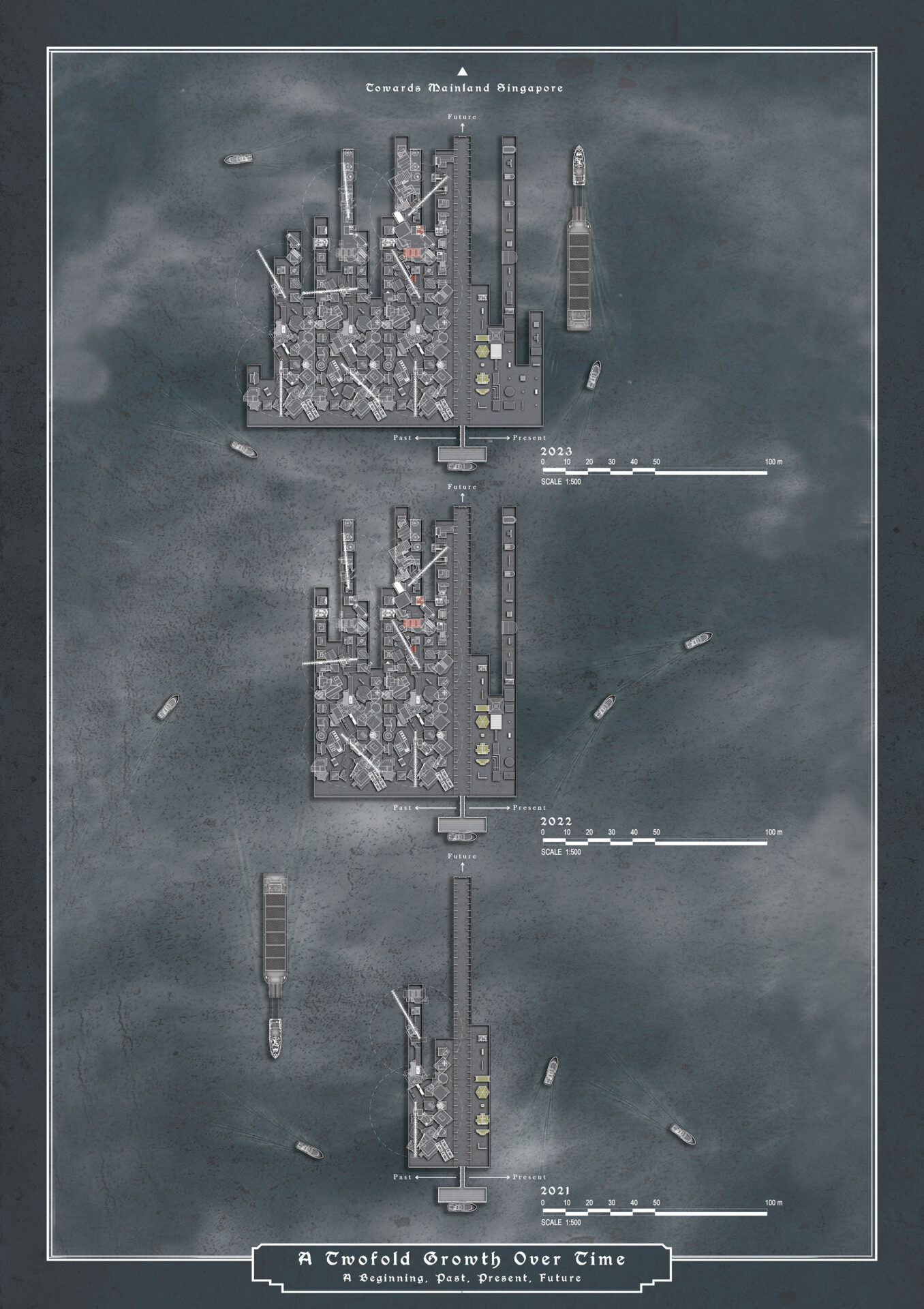
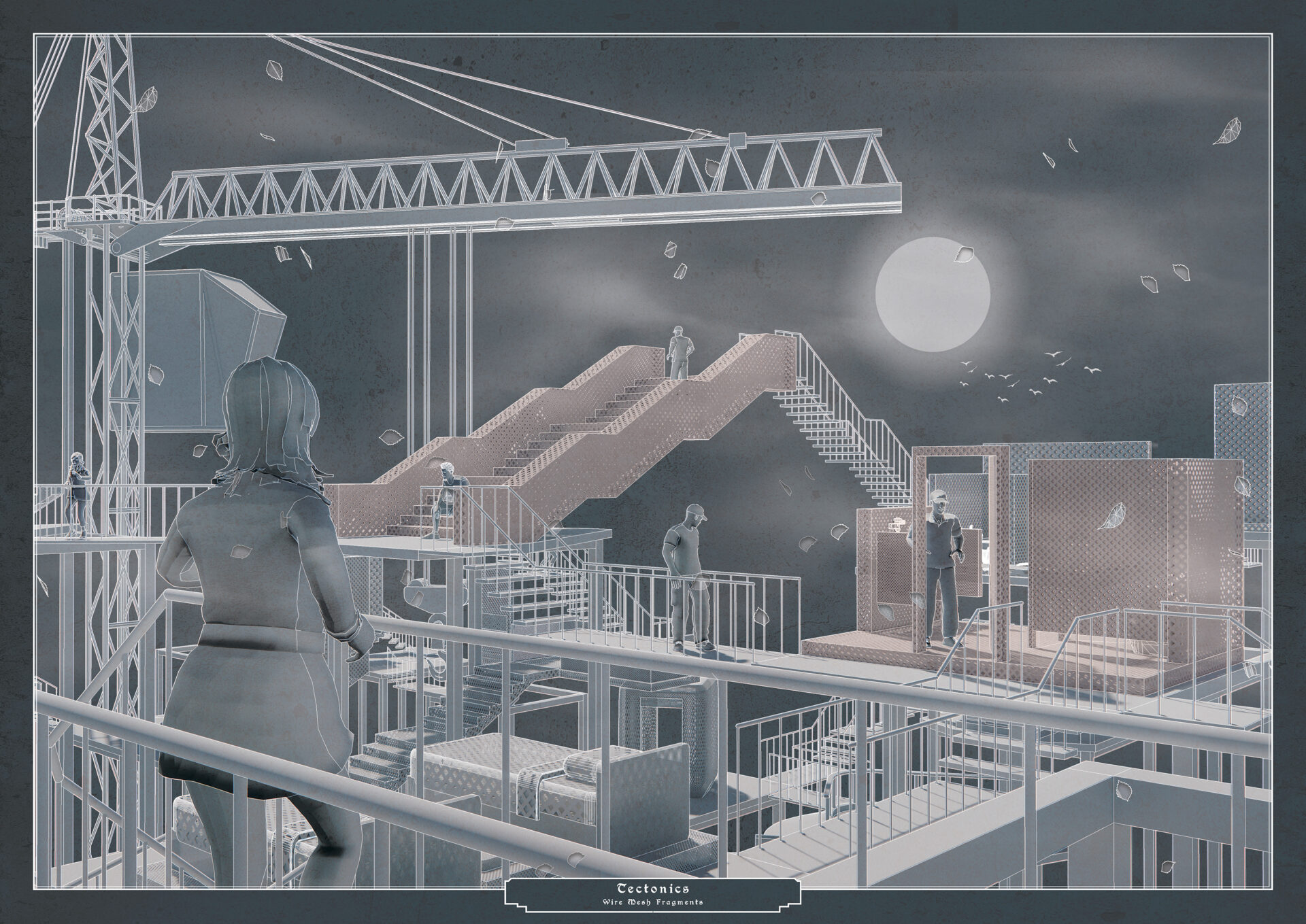
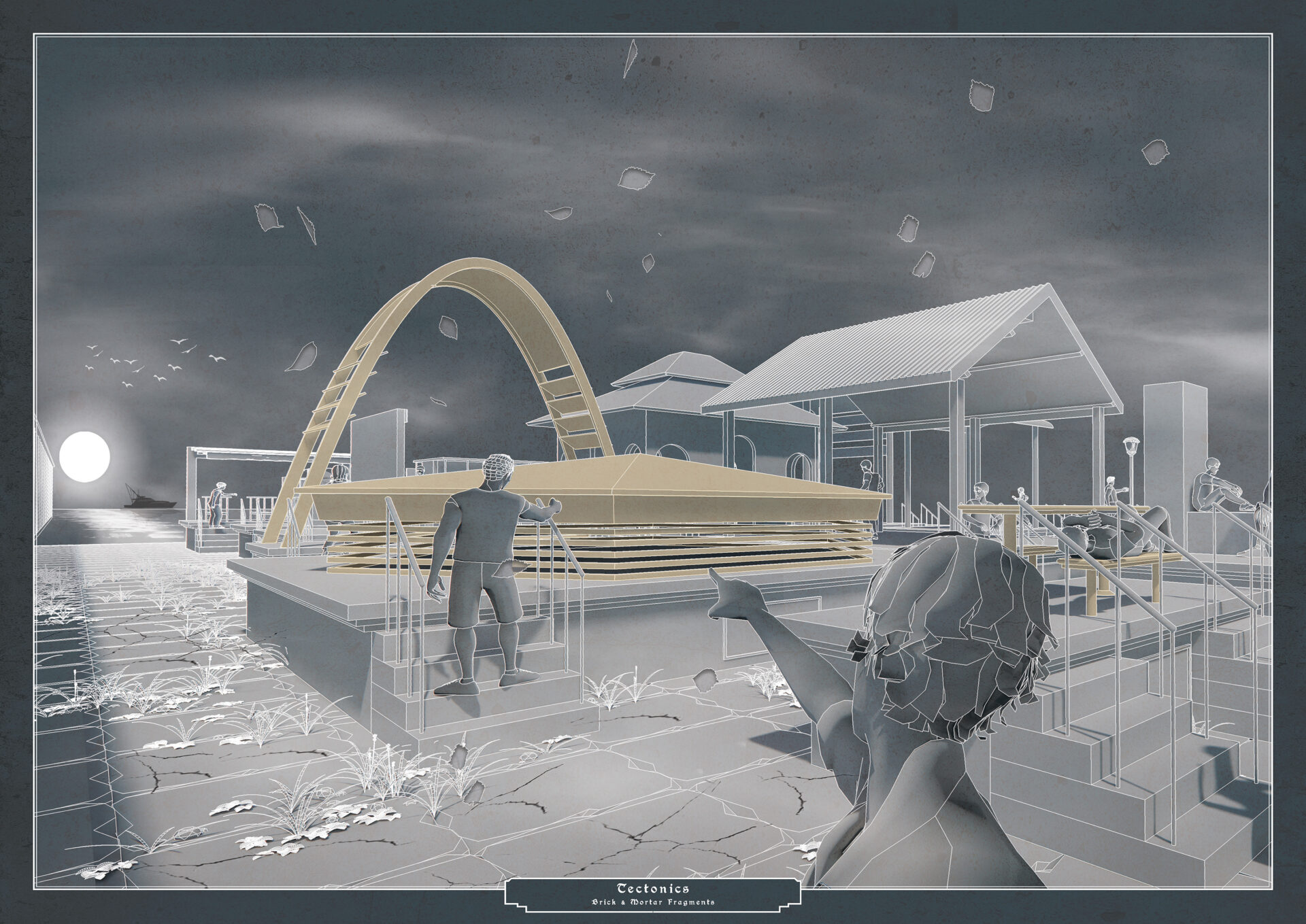
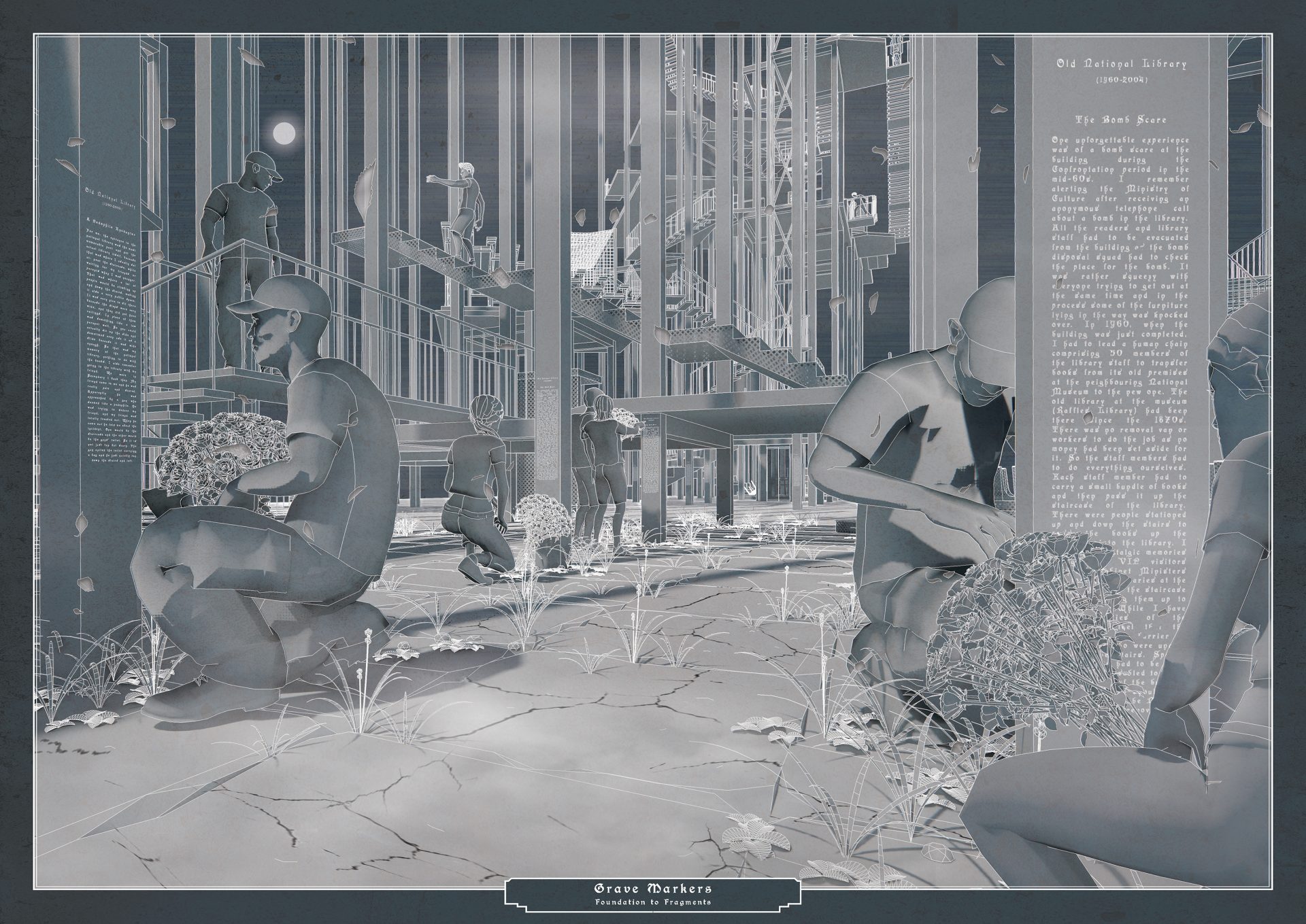
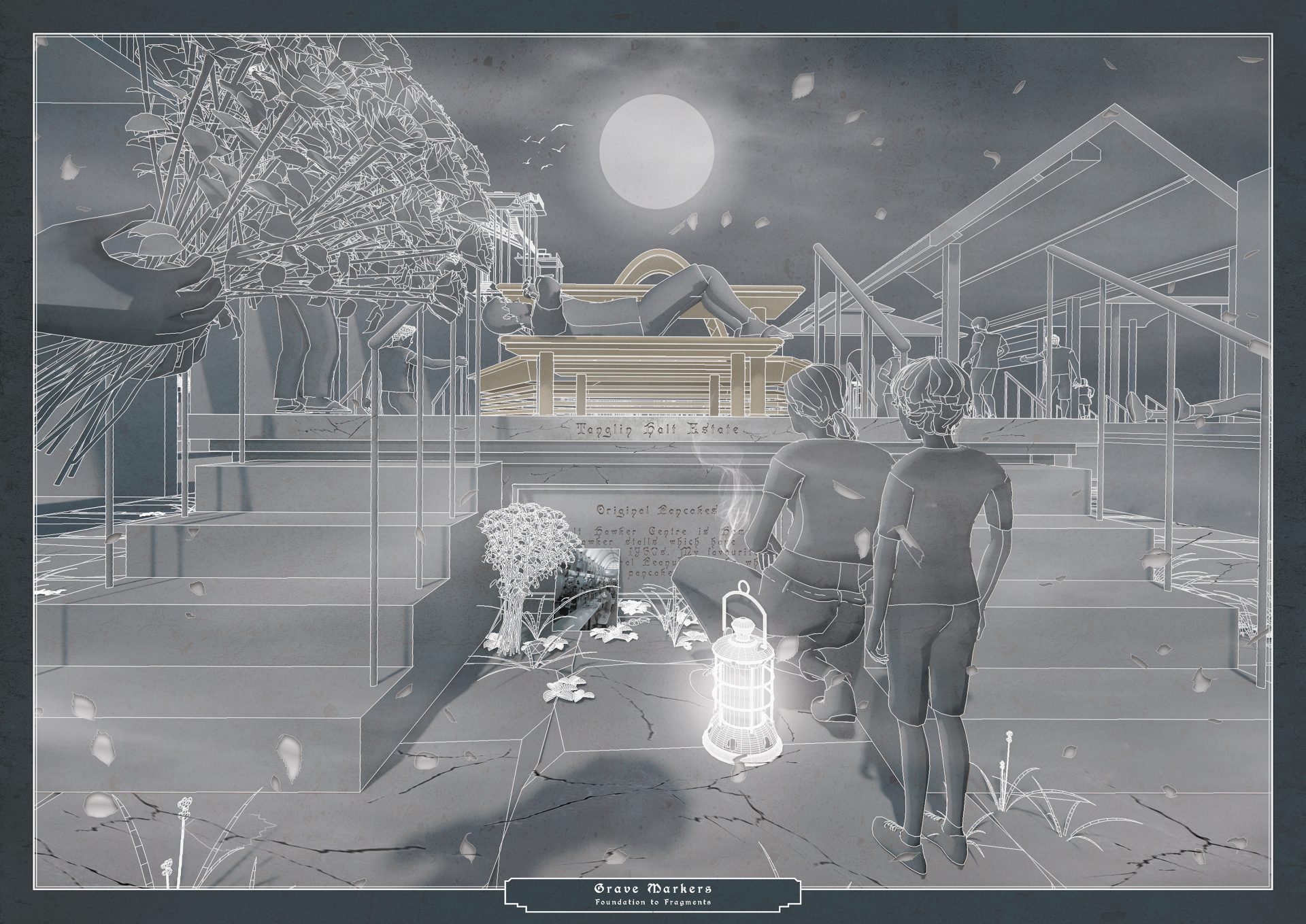
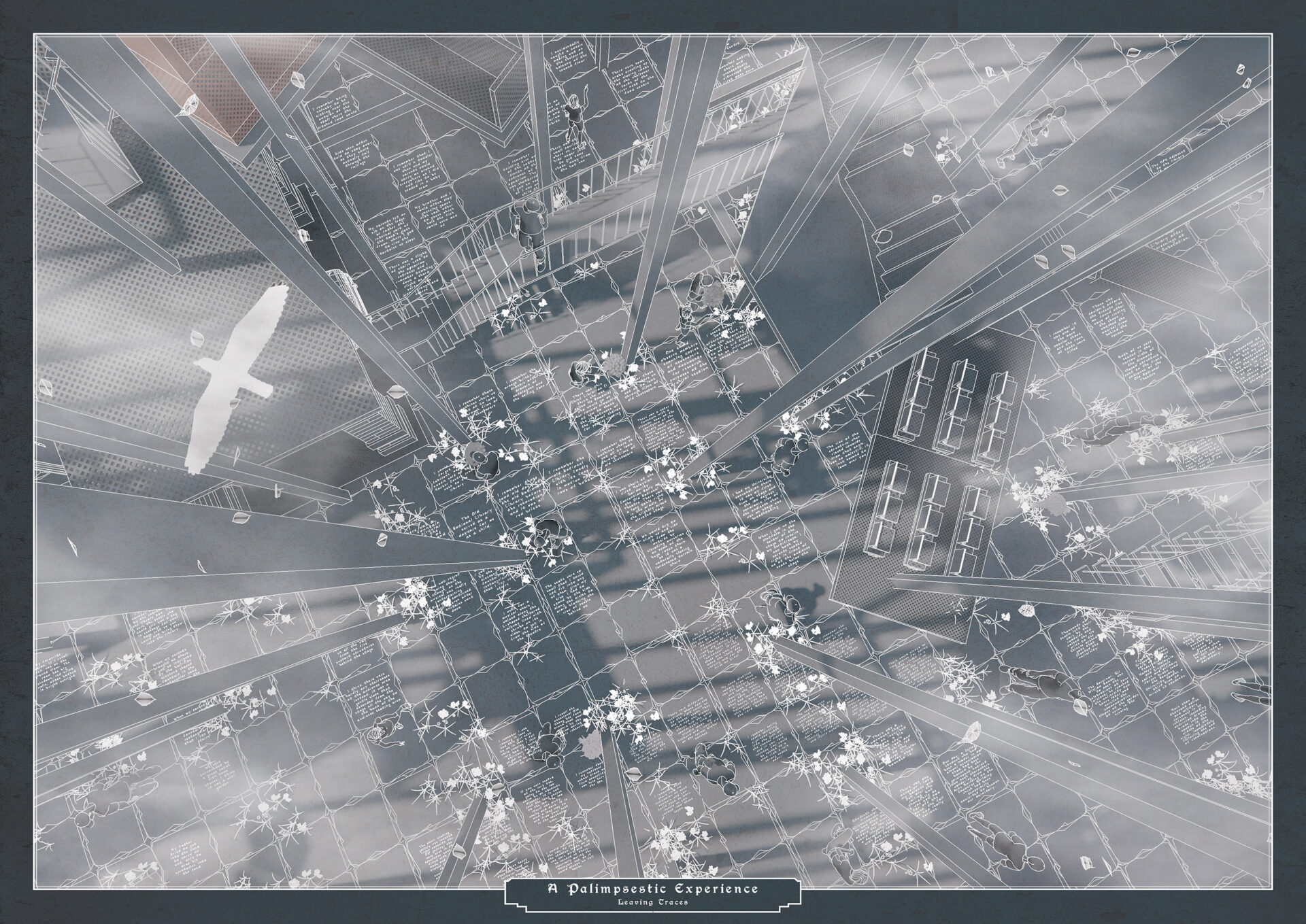
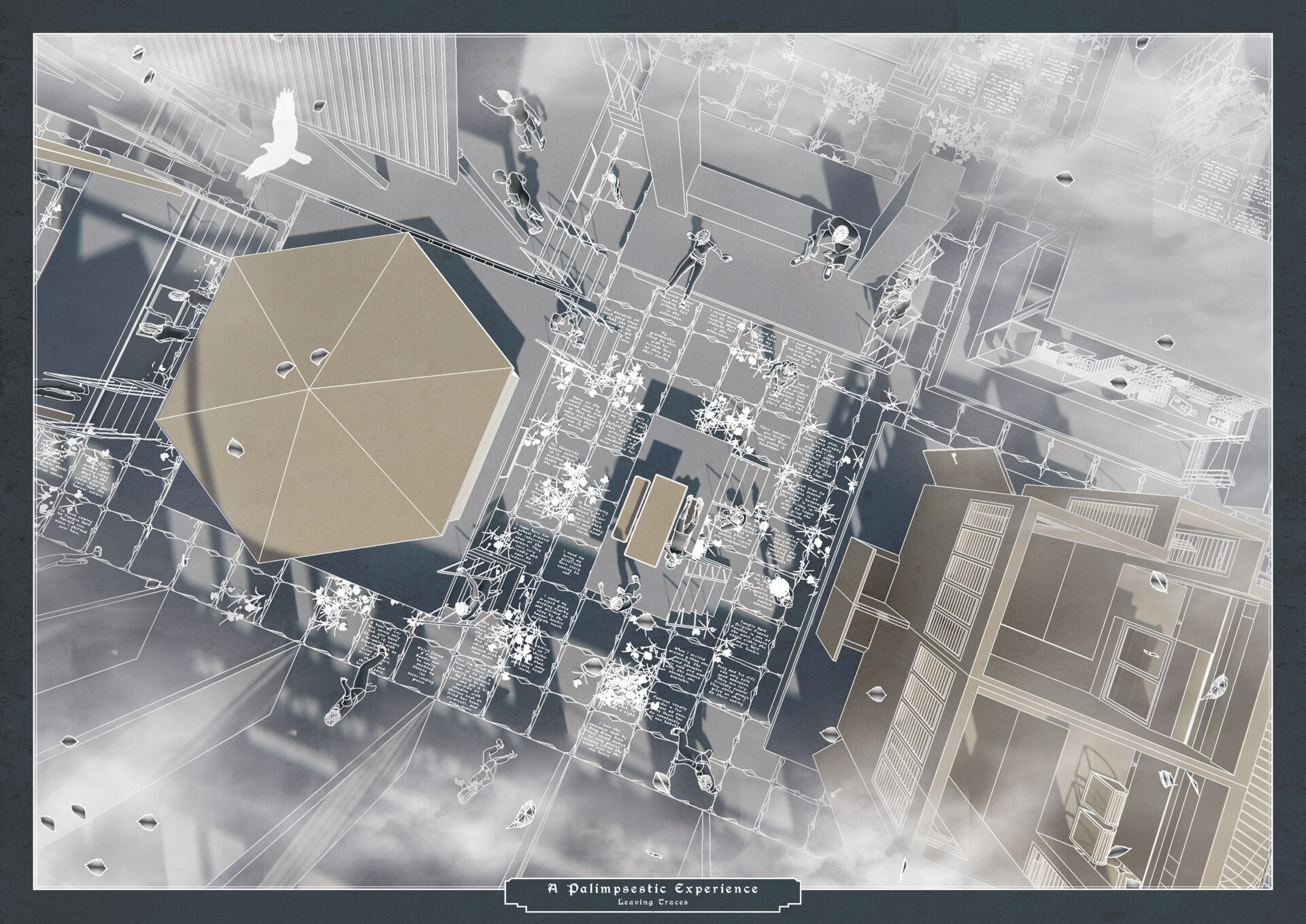
Supervisor's comments:
Kai Xiang’s project proposes a new, bottom-up building archiving system utilising the three facets of space, time and energy, and the gathering of micronarratives through a large-scale public event. By proposing new material strategies, methods and principles of architectural preservation, his project offers a bold, haptic and spatially memorable archiving system. It also permits the partial resurrection of buildings demolished in the past, which visitors can re-live their experiences and share memories with friends and loved ones.
- Assoc. Prof. Thomas Kong